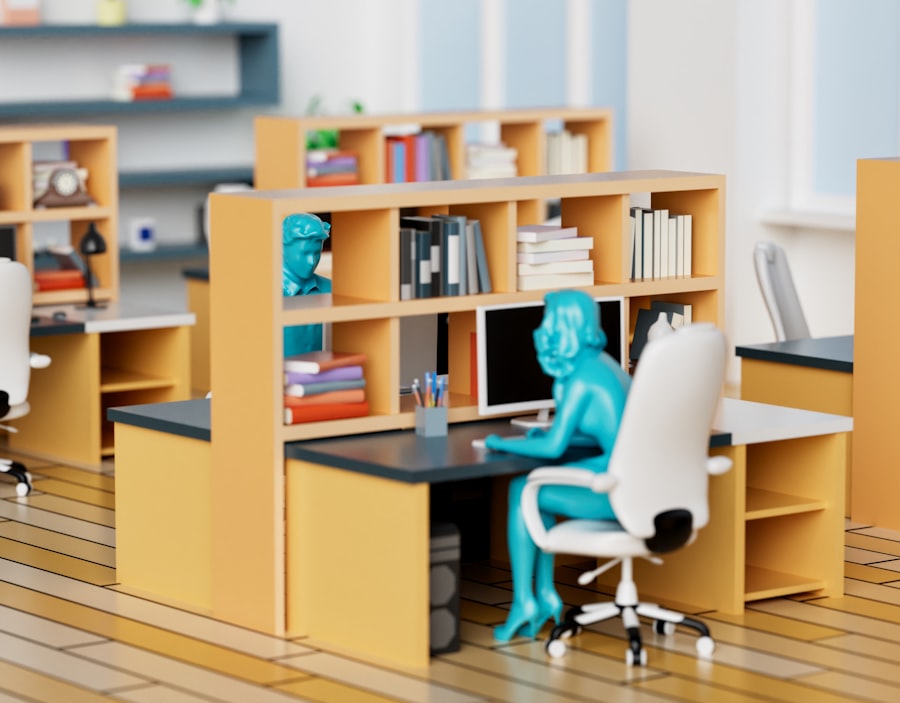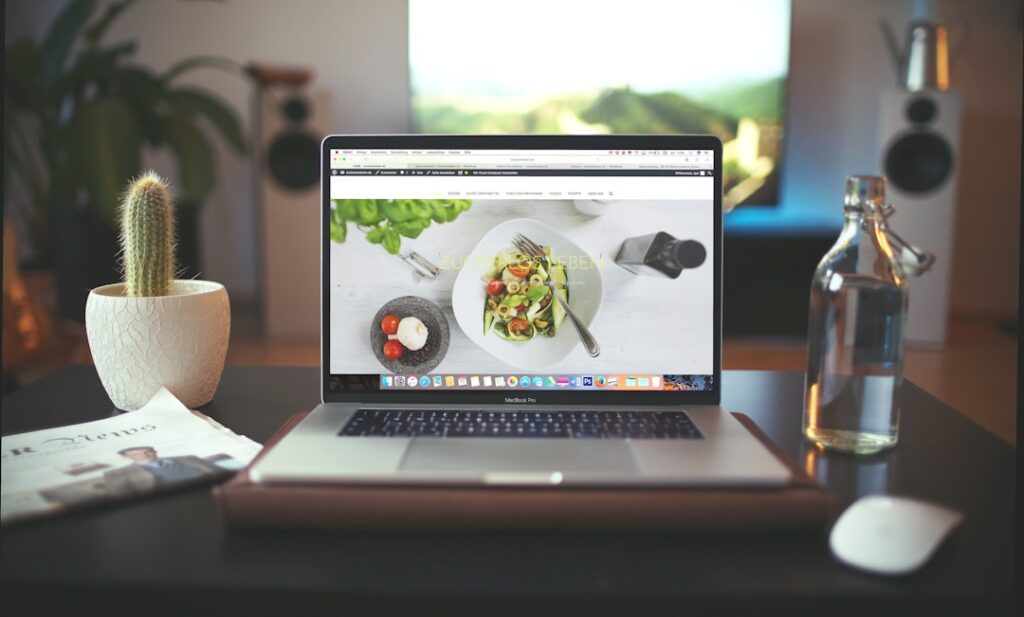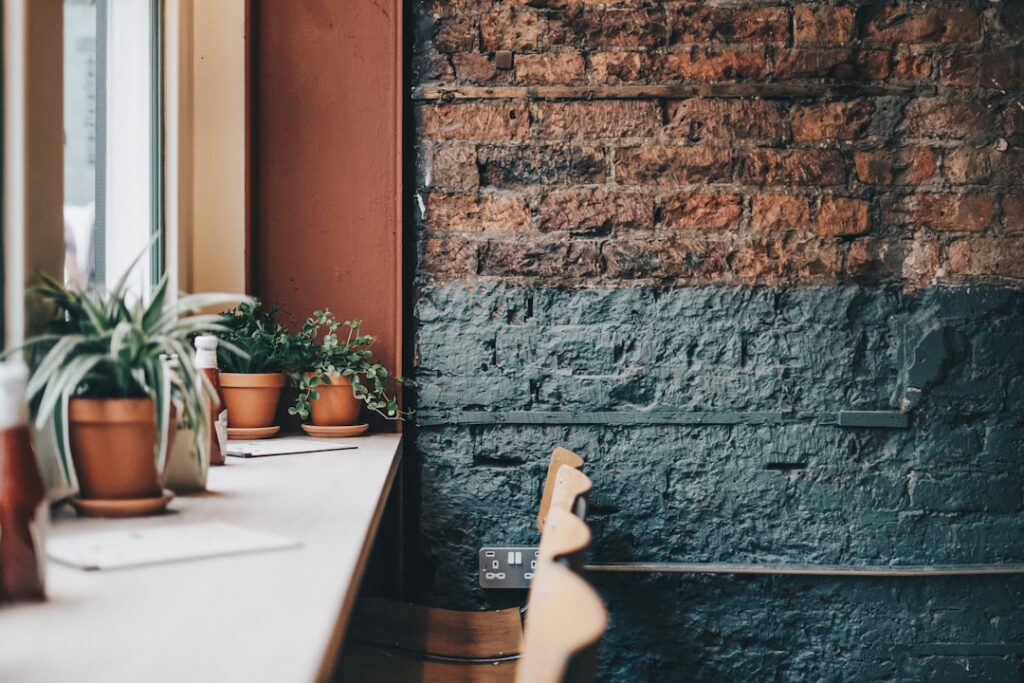The interior design of an office space significantly influences employee productivity, creativity, and well-being. A well-designed office environment can boost morale, motivation, and job satisfaction among staff members. It also creates a positive impression on clients and visitors, reflecting the company’s values and culture.
Thoughtful interior office design enhances collaboration, communication, and teamwork, leading to improved problem-solving and innovation. Moreover, a well-designed workspace can promote employee health and well-being by providing a comfortable and inspiring atmosphere. In the current competitive job market, a well-designed office space can be a crucial factor in attracting and retaining top talent.
Modern employees seek more than just financial compensation; they desire work environments that foster creativity, collaboration, and personal well-being. A thoughtfully designed office can serve as a key differentiator for potential employees when considering job offers. It can also contribute to employee retention by creating a space where staff members feel valued, supported, and inspired.
The impact of interior office design on a business’s success and growth is substantial and should not be underestimated.
Key Takeaways
- A well-designed office interior can improve productivity, creativity, and employee well-being.
- Natural light and open spaces can create a more inviting and energizing work environment.
- Ergonomic furniture and equipment can reduce physical strain and improve employee comfort and health.
- Organizational systems and storage solutions can help maintain a clutter-free and efficient workspace.
- Color psychology and mood-boosting elements can positively impact employee mood and motivation.
Utilizing Natural Light and Open Spaces
The Benefits of Natural Light
Natural light has been proven to have a positive impact on mood, productivity, and overall well-being. It can help regulate the body’s circadian rhythm, improve sleep quality, and reduce the risk of depression and anxiety. Additionally, natural light can reduce eye strain and headaches, leading to fewer sick days and increased productivity.
The Importance of Open Spaces
Open spaces, on the other hand, can promote collaboration, communication, and creativity among employees. They can create a sense of transparency and accessibility within the organization, fostering a more inclusive and cohesive work culture.
Designing for Natural Light and Open Spaces
By incorporating large windows, skylights, and glass partitions, an office space can maximize natural light and create a more open and inviting atmosphere. This can also reduce the reliance on artificial lighting, leading to energy savings and a more sustainable workplace. Open floor plans with flexible workstations and communal areas can encourage spontaneous interactions and idea sharing among employees. Overall, utilizing natural light and open spaces in office design can have a profound impact on employee well-being, collaboration, and overall productivity.
Incorporating Ergonomic Furniture and Equipment

Ergonomic furniture and equipment are essential components of a well-designed office space that prioritizes employee health and comfort. Employees spend a significant amount of time sitting at their desks, which can lead to musculoskeletal issues if proper ergonomic support is not provided. Ergonomic chairs, adjustable desks, monitor arms, and keyboard trays can help employees maintain proper posture and reduce the risk of back pain, neck strain, and repetitive strain injuries.
Additionally, ergonomic equipment such as standing desks and balance ball chairs can promote movement and reduce the negative effects of prolonged sitting. Incorporating ergonomic furniture and equipment into the office design not only prioritizes employee health but also contributes to increased productivity and job satisfaction. Employees who are comfortable and supported in their work environment are more likely to stay focused, engaged, and motivated throughout the day.
This can lead to fewer sick days, reduced healthcare costs, and improved overall performance. By investing in ergonomic solutions, businesses can demonstrate their commitment to employee well-being while reaping the benefits of a healthier and more productive workforce.
Implementing Organizational Systems and Storage Solutions
Effective organizational systems and storage solutions are essential for maintaining a clutter-free and efficient office environment. A well-organized office space can improve productivity by reducing time wasted searching for documents or supplies. It can also create a sense of order and control, leading to reduced stress and improved mental clarity among employees.
By implementing storage solutions such as filing cabinets, shelves, and storage bins, businesses can maximize space utilization while keeping the workspace tidy and functional. In addition to physical storage solutions, digital organizational systems are also crucial for managing information and workflow within the office. Cloud-based document management systems, project management tools, and communication platforms can streamline processes and improve collaboration among employees.
By implementing effective organizational systems, businesses can create a more efficient and productive work environment while reducing the risk of errors or miscommunication.
Utilizing Color Psychology and Mood-Boosting Elements
Color psychology plays a significant role in influencing mood, emotions, and behavior within a workspace. Different colors have been shown to evoke specific psychological responses, which can be leveraged to create a more positive and productive work environment. For example, blue is often associated with calmness and focus, making it an ideal color for areas where concentration is key.
Green is linked to feelings of balance and harmony, making it suitable for spaces where creativity or collaboration is encouraged. Yellow is known for its energizing and uplifting qualities, making it a great choice for areas where motivation or inspiration is needed. In addition to color psychology, incorporating mood-boosting elements such as plants, artwork, or natural materials can enhance the overall atmosphere of an office space.
Plants not only add visual interest but also improve air quality and reduce stress levels among employees. Artwork or natural materials such as wood or stone can create a sense of warmth and connection to nature within the workspace. By utilizing color psychology and mood-boosting elements in office design, businesses can create a more engaging and uplifting environment that supports employee well-being and productivity.
Creating Collaborative and Private Work Areas

Collaborative Work Areas
Collaborative work areas, such as meeting rooms, breakout spaces, or communal workstations, facilitate idea sharing, brainstorming sessions, and group projects. These spaces should be designed to promote interaction and communication among employees while providing the necessary tools and technology for effective collaboration.
Private Work Areas
On the other hand, private work areas, such as individual offices or quiet zones, are essential for tasks that require concentration or confidentiality. These spaces should be designed to minimize distractions and provide privacy for employees who need to focus on complex tasks or sensitive information.
Supporting Diverse Needs
By creating a variety of work areas that cater to different work styles and preferences, businesses can support diverse needs while promoting productivity and teamwork.
Incorporating Biophilic Design and Greenery for a Healthy Workspace
Biophilic design is an approach that seeks to incorporate elements of nature into the built environment to improve the health and well-being of occupants. This can include the use of natural light, views of nature, natural materials, or greenery within the workspace. Research has shown that exposure to nature within the built environment can reduce stress levels, improve cognitive function, and enhance overall well-being.
Incorporating greenery such as plants or living walls into the office design not only adds visual interest but also contributes to improved air quality and reduced noise levels. Plants have been shown to have a calming effect on individuals while promoting feelings of connection to nature. Additionally, biophilic design elements such as natural materials or views of green spaces can create a sense of tranquility and rejuvenation within the workspace.
In conclusion, interior office design plays a critical role in creating a productive, healthy, and inspiring work environment for employees. By prioritizing natural light, open spaces, ergonomic furniture, organizational systems, color psychology, collaborative areas, and biophilic design elements, businesses can create an office space that supports employee well-being while fostering creativity, collaboration, and productivity. Investing in thoughtful office design not only benefits employees but also contributes to the overall success and growth of the business.
If you’re looking to transform your business operations, you may want to consider incorporating IT solutions into your office design. According to a recent article on officeinterior.ae, implementing the right technology can streamline processes and improve productivity. By maximizing real estate investments and utilizing industry expert tips, you can create a workspace that is not only aesthetically pleasing but also functional and efficient.
FAQs
What is interior office design?
Interior office design is the process of creating a functional and aesthetically pleasing work environment within an office space. It involves the arrangement of furniture, selection of color schemes, lighting, and overall layout to optimize productivity and employee well-being.
Why is interior office design important?
Interior office design is important because it can significantly impact employee productivity, morale, and overall well-being. A well-designed office space can also create a positive impression on clients and visitors.
What are the key elements of interior office design?
Key elements of interior office design include space planning, furniture selection, lighting, color schemes, acoustics, and the incorporation of elements that promote employee well-being such as ergonomic furniture and greenery.
How does interior office design impact employee productivity?
A well-designed office space can improve employee productivity by creating a comfortable and efficient work environment. Factors such as natural light, ergonomic furniture, and a well-organized layout can contribute to increased productivity and reduced stress.
What are some popular trends in interior office design?
Some popular trends in interior office design include open floor plans, flexible workspaces, biophilic design (incorporating nature into the office), and the use of sustainable materials. Additionally, incorporating technology and creating collaborative spaces are also popular trends.


